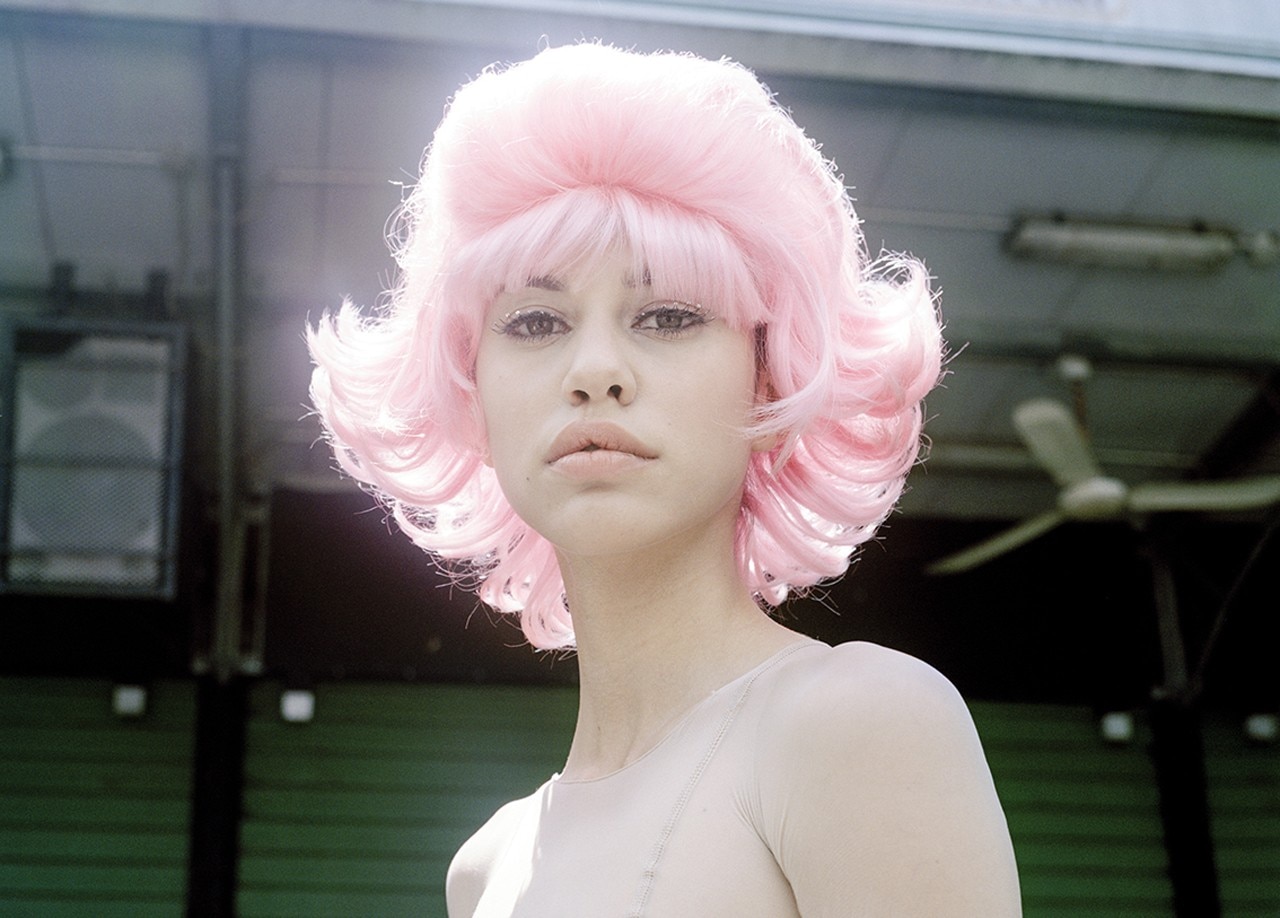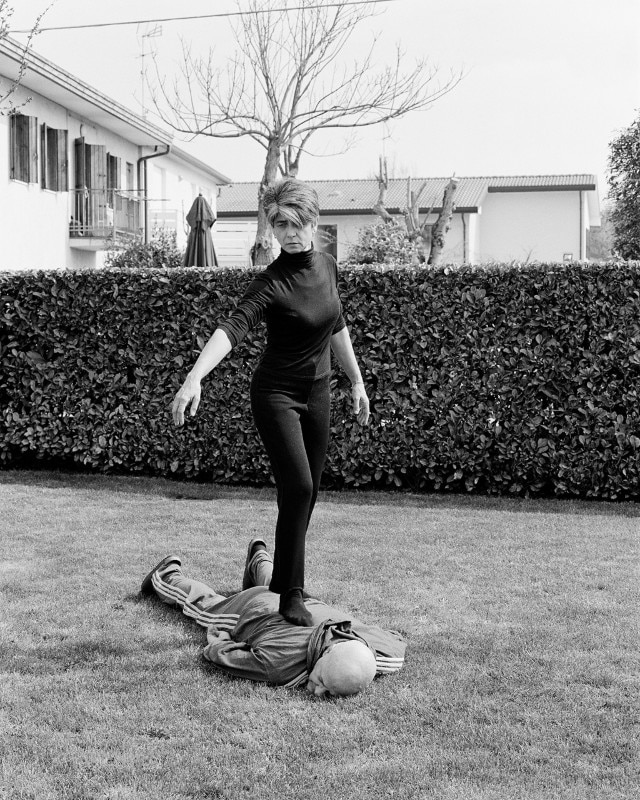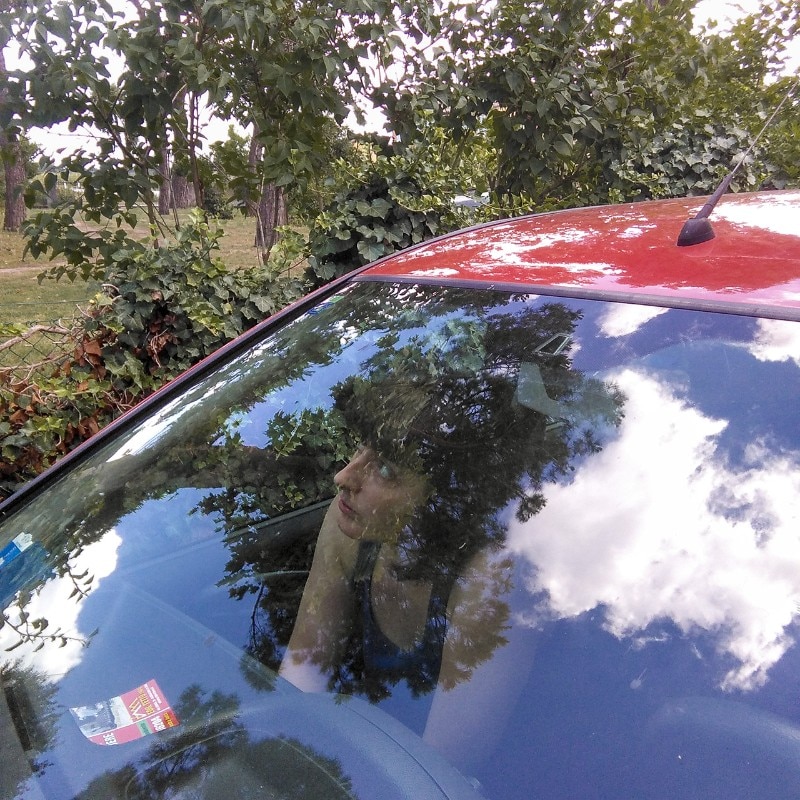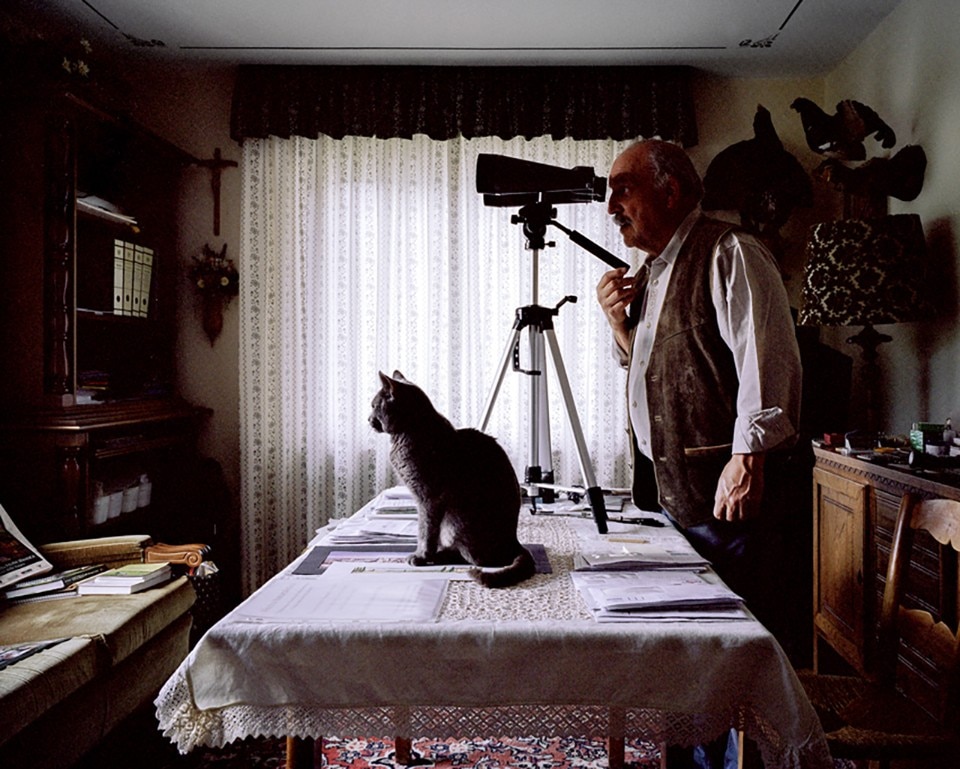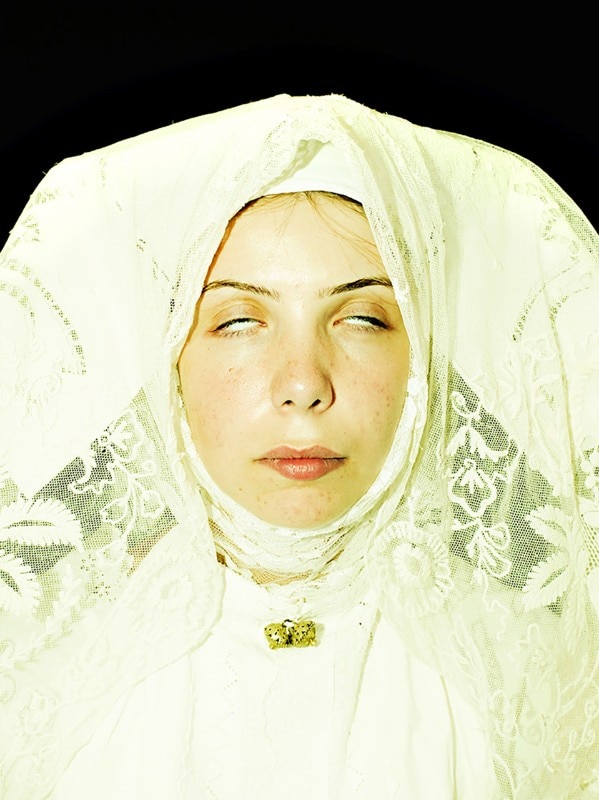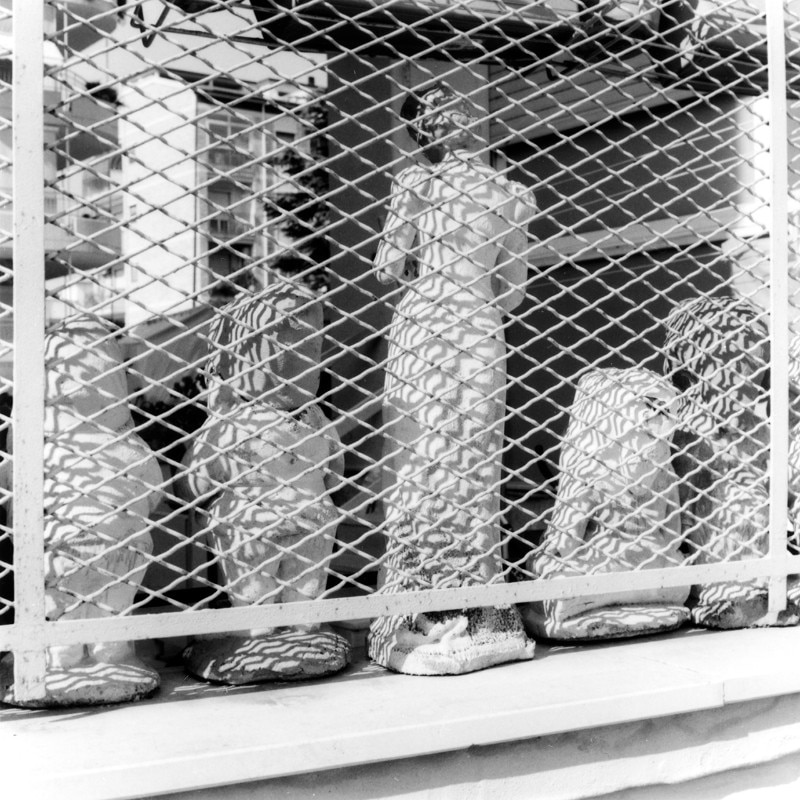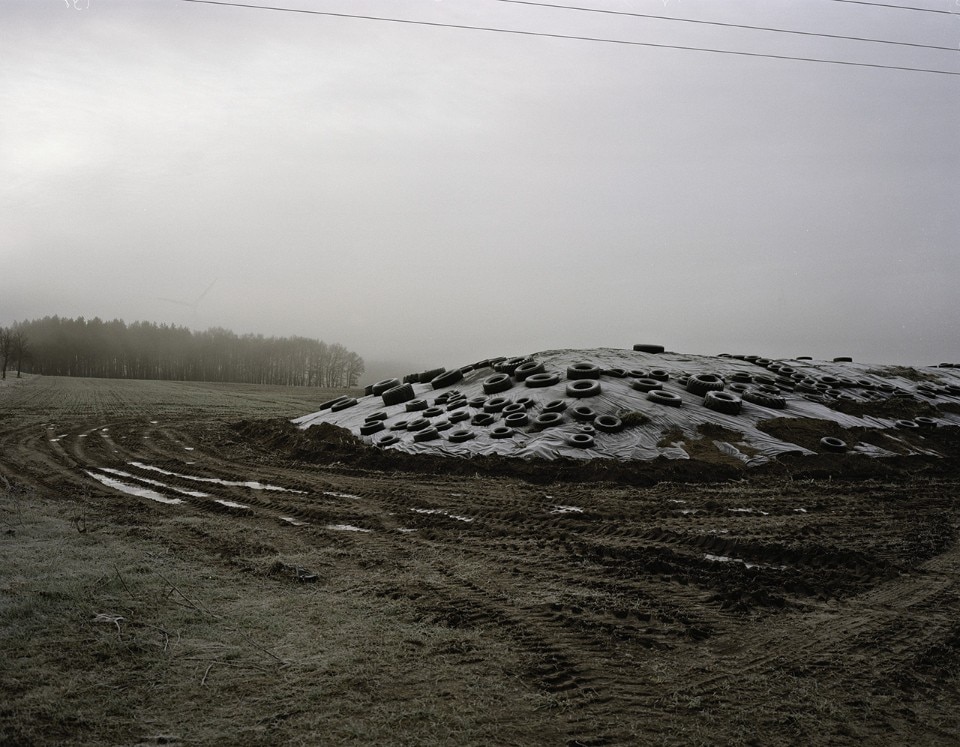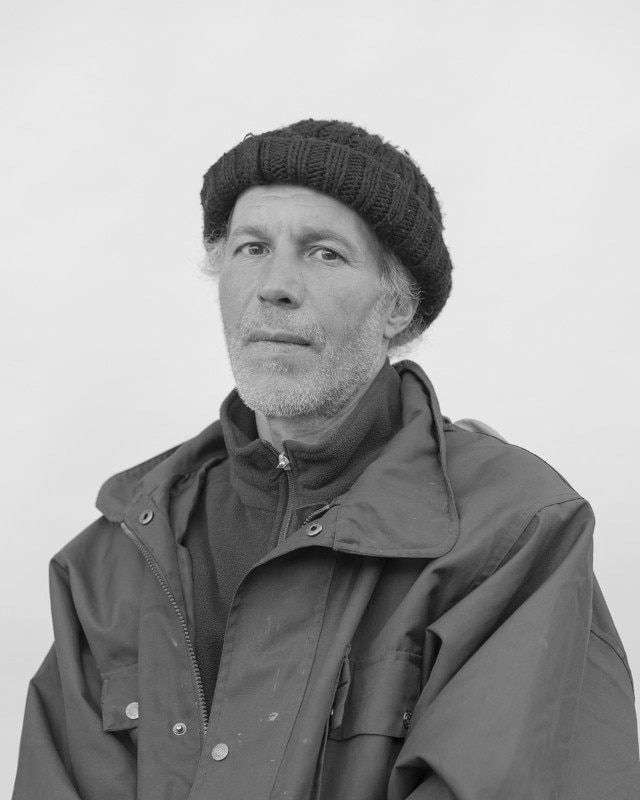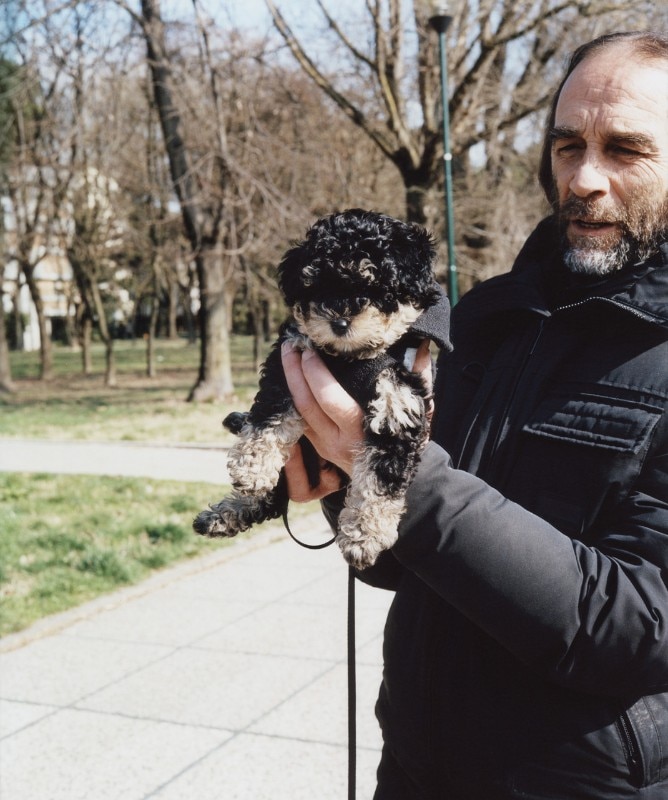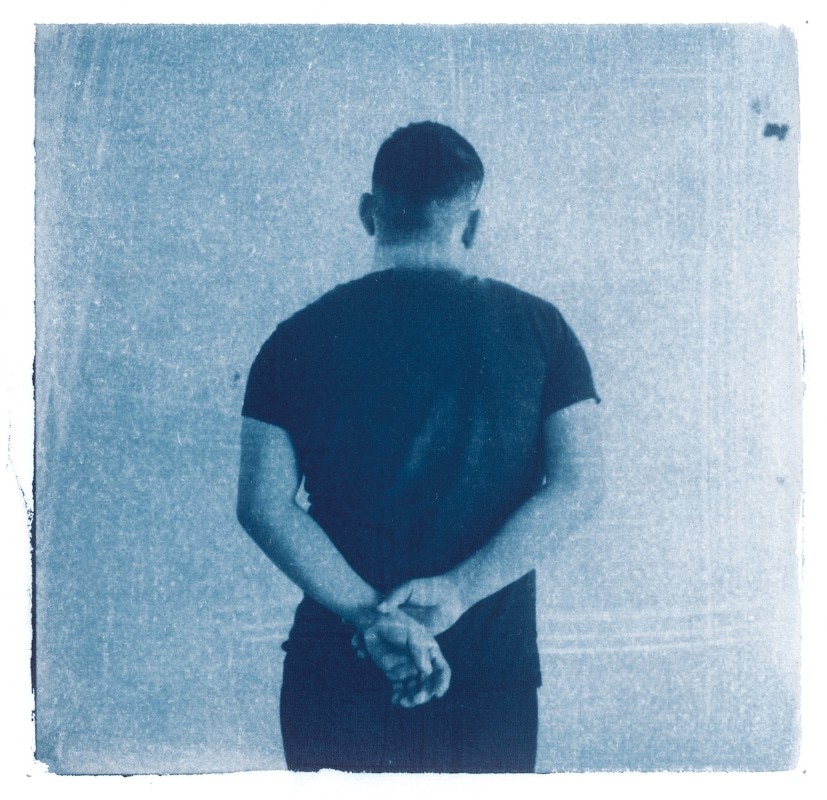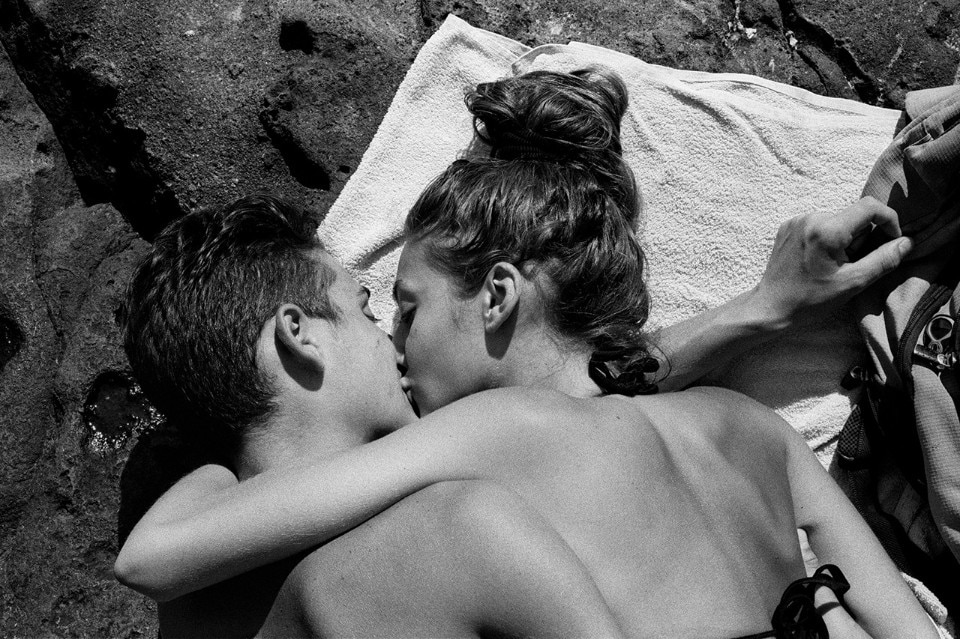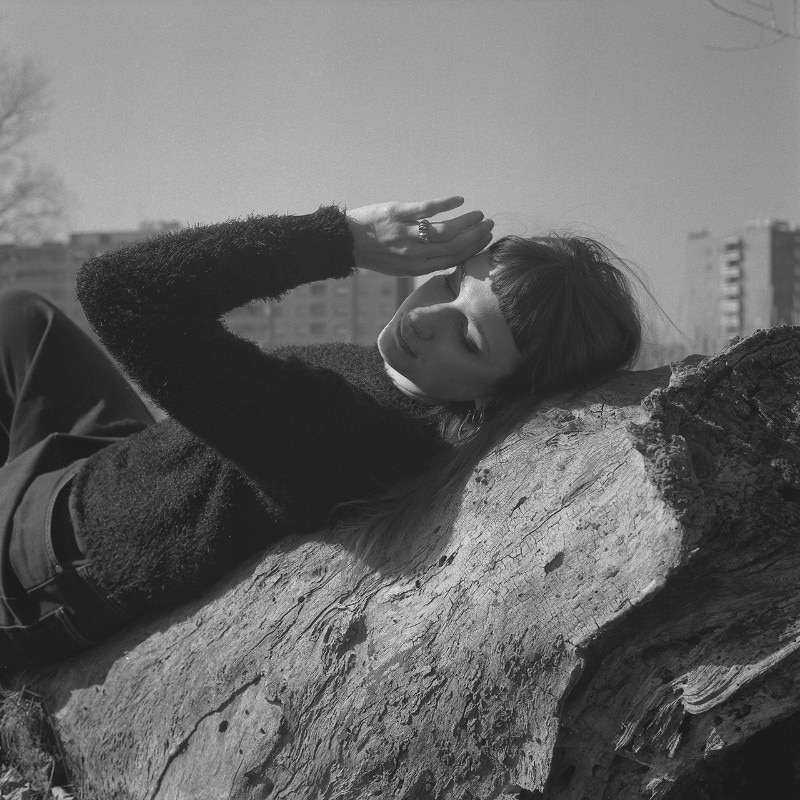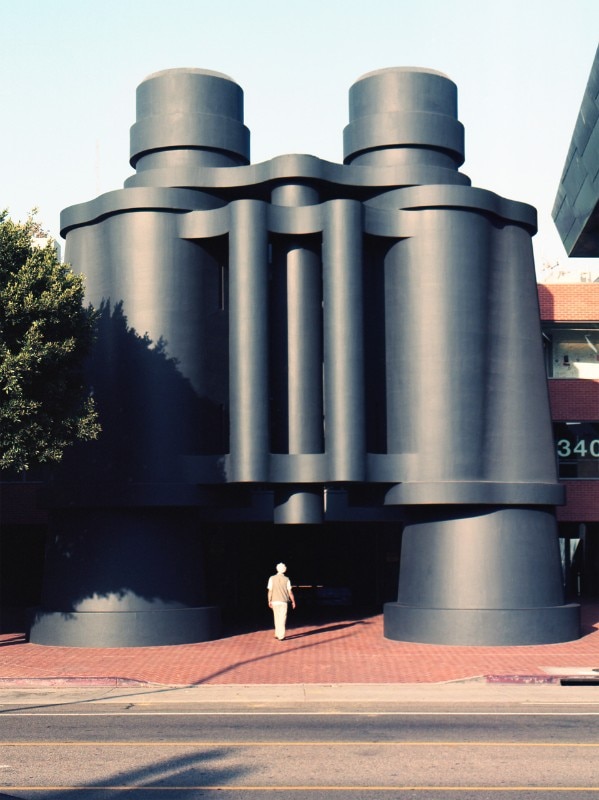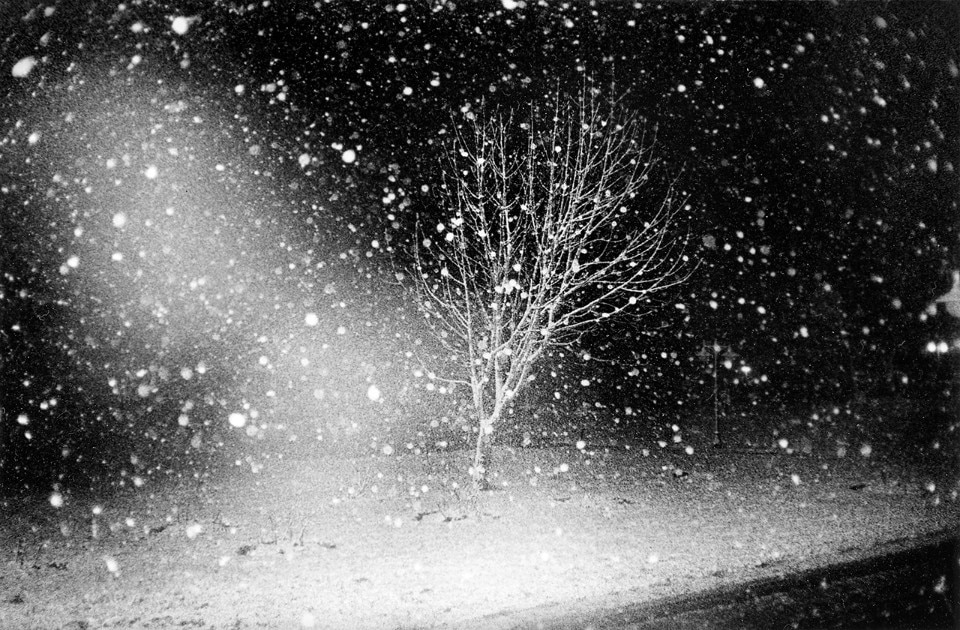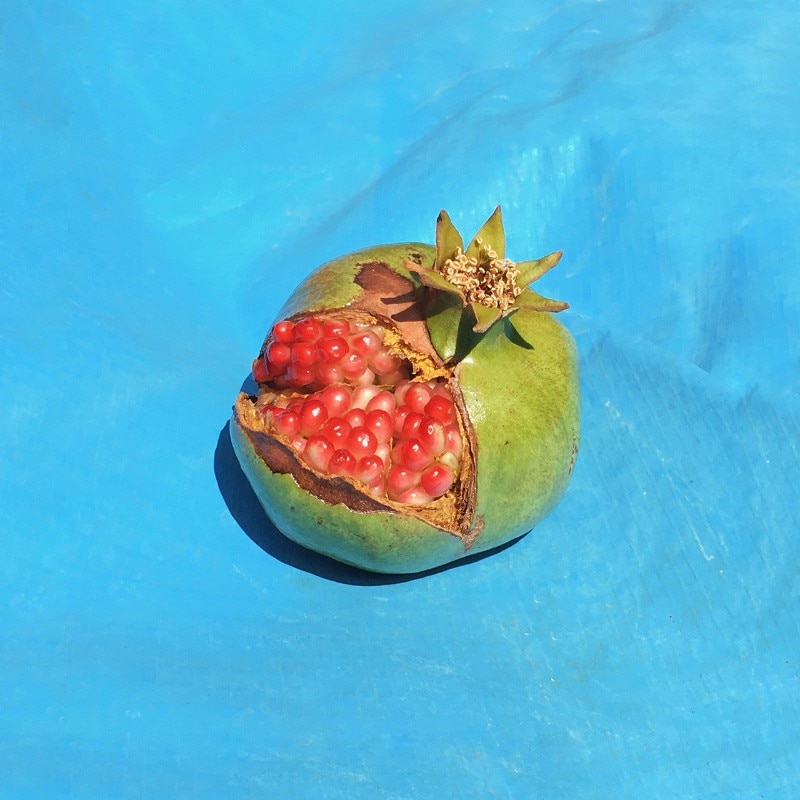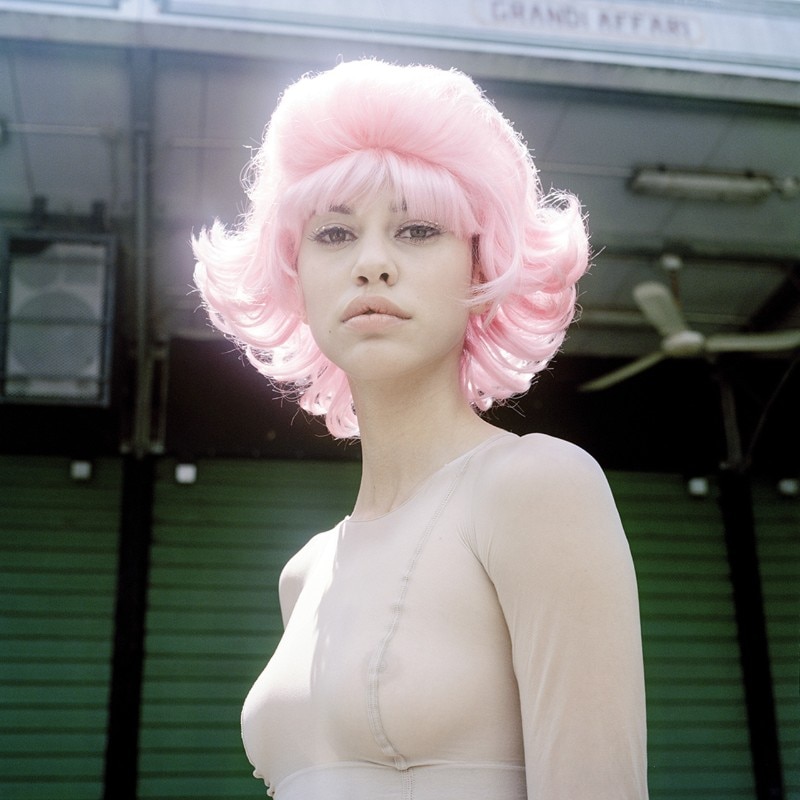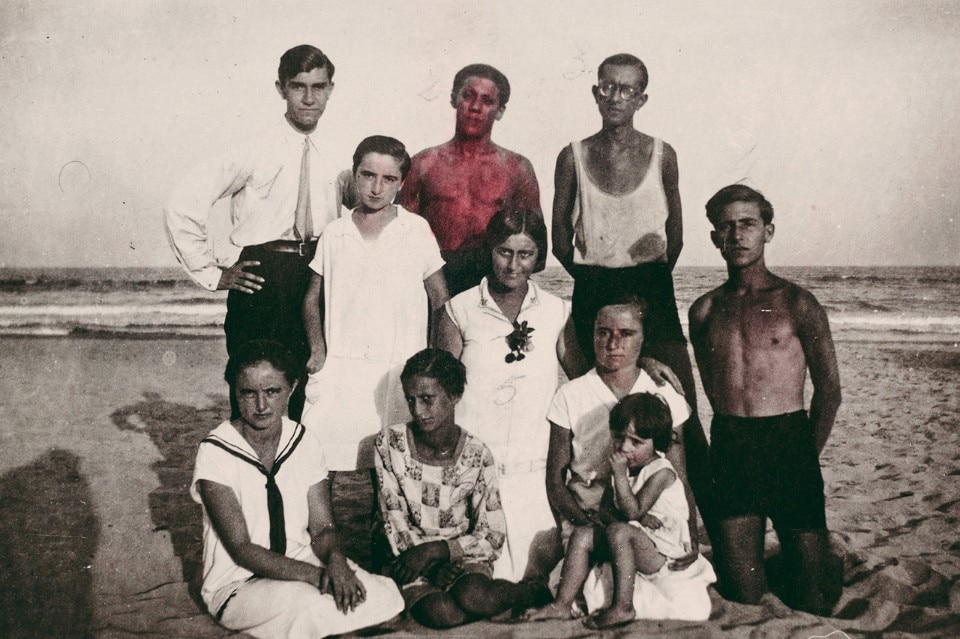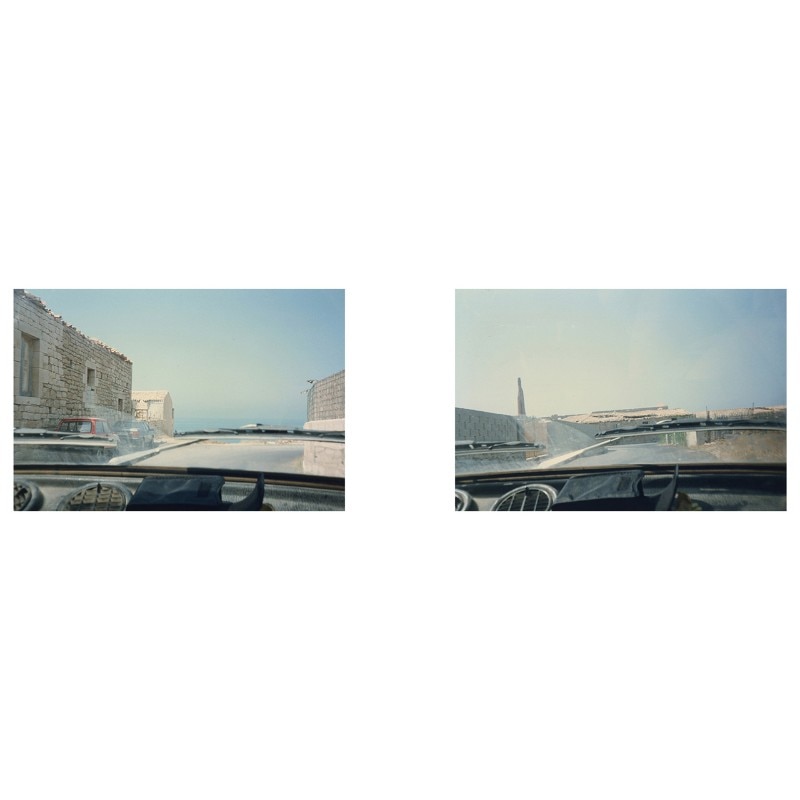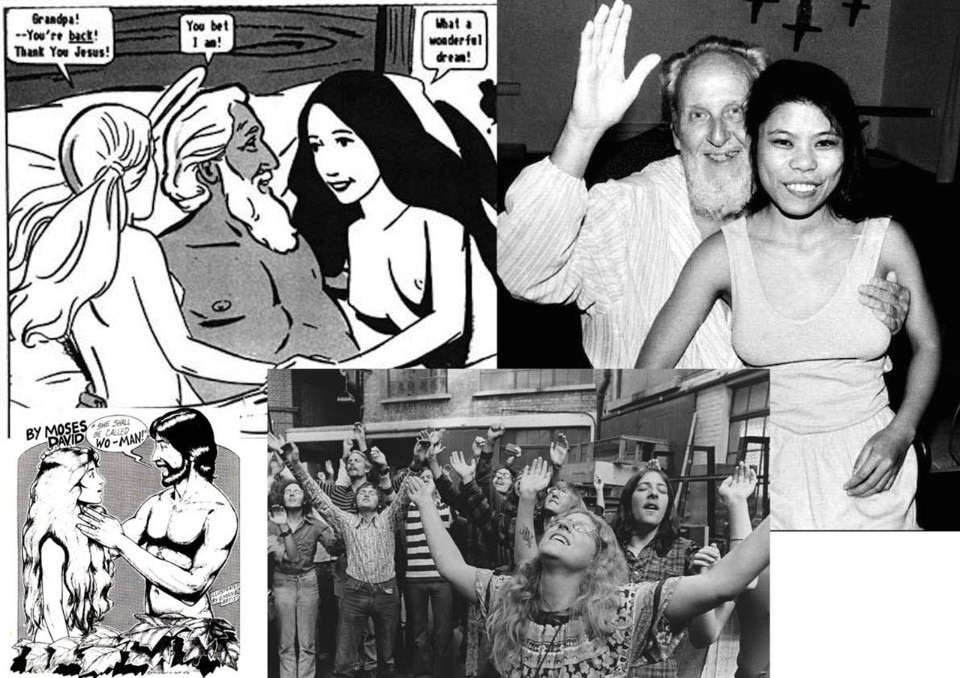Ravenna is famous for its mosaics from the Middle Ages (the mausoleum of Galla Placidia, the Sant’Apollinare Nuovo and San Vitale cathedrals and the other early Christian and Byzantine monuments have been inscripted in the World Heritage List of Unesco in 1996) but the collection of contemporary mosaics on display at the first floor of the City Art Museum is not as much known. From May 3 to June 30, MAR will house another kind of mosaic, though: “Looking On”, a project first conceived in 2014 by Silvia Loddo and Cesare Fabbri for Osservatorio Fotografico, will try to make an overview of new Italian photography.
In a double course of research, six curators have been asked to name three young photographers each: the wide spectrum proposed by Chiara Bardelli Nonino (Vogue Italia and L’uomo Vogue), Federica Chiocchetti (Photocaptionist), Elisa Medde (Foam magazine), Giulia Ticozzi (La Repubblica), Giulia Zorzi (Micamera) and Silvia Loddo herself enclose the whole of Italy, and even more.
In “A blurry aftertaste” Eleonora Agostini rebuilds everyday triviality, in some cases literally. “Veronica”, by Nicola Baldazzi, is a sentimental but easygoing diary that avoids any romanticism. With “Are they rocks or clouds?” Marina Caneve deepens her interdisciplinary enquiry on the hydrogeological risk in the Dolomites. In “Some of you killed Luisa” Valeria Cherchi acts as a cold but partecipative witness of the omerta issues that in Sardina is connected with the so called Codice Barbaricino.
On a quest for the trascendence of images, “Love song” by Giammario Corsi is at the same time a consideration on the implicit potential of photography practice. “I wish the world was even” is Matteo Di Giovanni’s round trip not only to and from a physical place but inside himself as well. Ghorba is the Arab world with which Karim El Maktafi continues his discourse of the feeling of strangeness in being both close to and far away from home. The poetics of the social landscape is as always Francesca Gardini’s focus, here presenting “Dietro l’angolo”.
The color blue dominates the cyanotypes of the portraits Giulia Iacolutti took for “Casa azul” to trans inmates forced in the gender stereotypes. With “Head of the lion” Claudio Majorana carries out his generational study on adolescence, halfway between science and social analysis. For “Non lontano da qui” Sofia Masini leaves her own body trying to enter the one, both physical and psychic, of Milan’s outskirts. In “Vietnik” Luca Massaro rewrites the classical american tour imagery in a performative and meta-identity tone.
Michela Palermo opens “The untitled box” and shows the results of her ten-year attempt to hold what she sees, not excluding failure. Piero Percoco’s South, spontaneous yet carefully designed, is the hyper-colored and just seemingly static heart of “Life is a circus”. Preceded by an hash tag, “#Post-adolescence” is Federica Sasso’s seductive quest of a more and more undefinable age. With “The red man”, Francesca Todde follows Goliarda Sapienza’s tracks among archives and reconstructions.
In “Flattened in time and space”, Angelo Vignali combines his own images to found ones in order to understand how memory affects the perception of reality. And a collage of reality and representation, past and present, personal and social experiences is also present in “Occult” by Alba Zari.
According to the suggestion of the exhibition curators, eighteen artist to look at and that look on with an increasingly rare attention.


